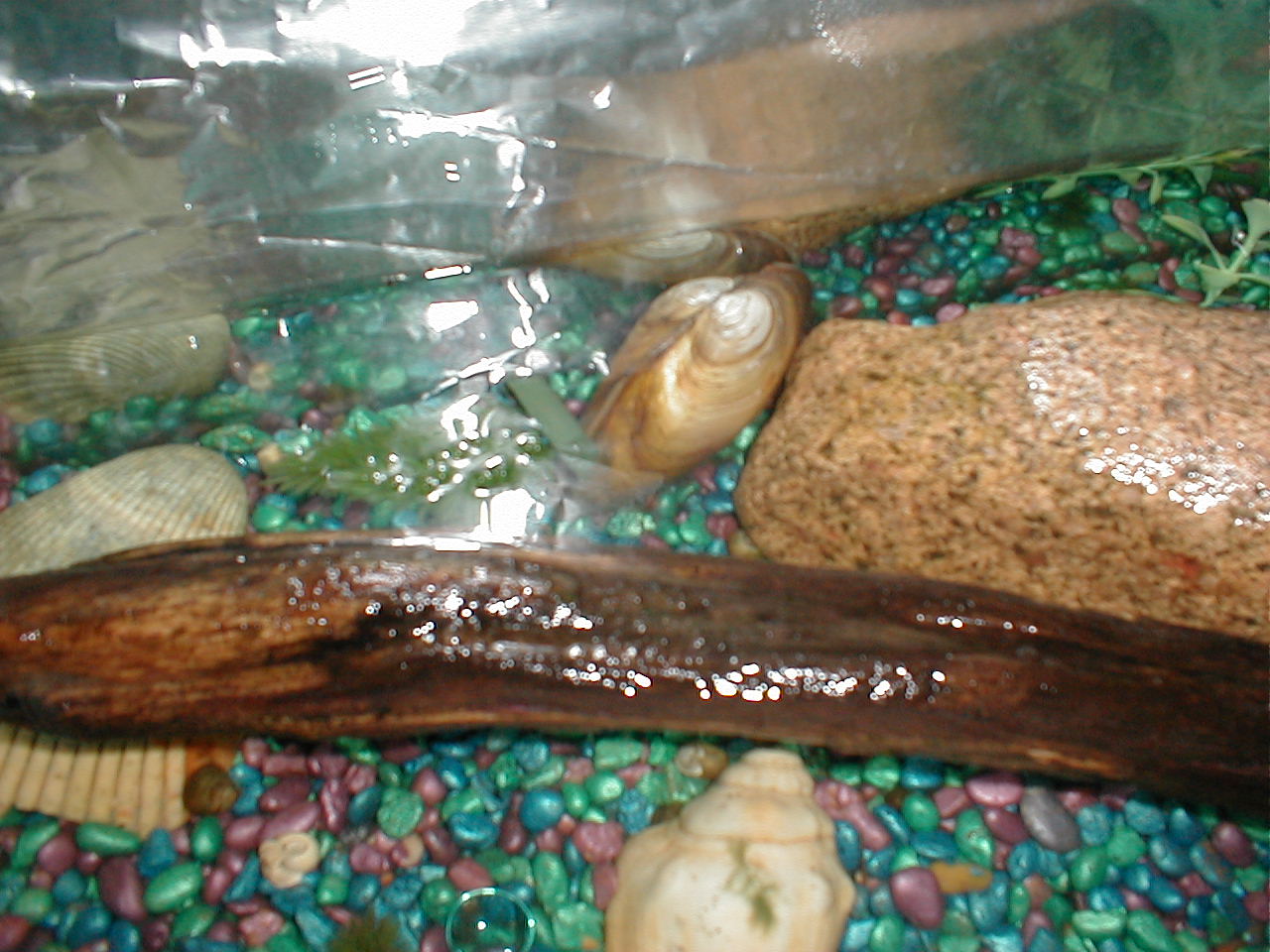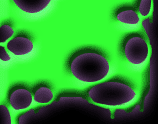|
|
| A CLAM for a pet?! |
|
Why not, we've got one!! Read on to learn basic care and management of your fresh-water clam. |
 |
 |
|
Just the facts: In general, any member of the invertebrate class Bivalvia are mollusks with a bivalved shell (i.e., one with two separate sections). More than 12,000 species of bivalves are known, of which about 500 live in freshwater; the others occur in all seas. Bivalves usually live on sandy or muddy bottoms.
True clams, in the strict sense, are bivalves with equal shells closed by two adductor muscles situated at opposite ends of the shell, and with a powerful, muscular, burrowing foot. Clams characteristically lie buried from just beneath the surface to depths of about 0.6 m (2 feet). They rarely travel over the bottom as do some other bivalves. Most clams inhabit shallow waters, in which they are generally protected from wave action by the surrounding bottom. One species of abra clam (Abra profundorum), however, has been taken in the Pacific Ocean at a depth of more than 4,800 m (16,000 feet).
Clams draw in and expel water for respiration and feeding through two tubes, the siphons, or neck. The water is impelled by the beating of millions of cilia (hairlike structures) on the gills; other cilia strain food from the incurrent water and transport it, entangled in mucus, to the mouth. Eggs are usually shed by the female into the water and fertilized there by sperm released from the male. The eggs develop into larvae that swim briefly before settling permanently on the bottom. A few clams, such as the gem clam (Gemma), have internal fertilization and development.
The size of clams ranges from 0.1 mm (0.004 inch) in Condylocardia to 1.2 m across in the giant clam (Tridacna gigas) of the Pacific and Indian oceans.
|
 |
|
 |
|
 |
|
 |

|
 |
|
Care for your pet clam: We keep our clam ("Clammy Sosa") in a ten gallon aquarium with snails, a painted turtle ("Adrock"), and a goldfish ("Earl"). The tank has a gravel bottom. This is acceptable only if the gravel is about 4 inches deep, so the clam can burrough and feel safe. Sand is the best thing for them to live in but it's nearly impossible to keep clean, and your tank may start to stink even after you clean it, unless you use fresh sand with each cleaning. Being filter feeders, they will help keep your tank clean by eating the left over fish food, as well as bacteria. If you feel as though your clam is not getting enough to eat, finely grind flake fish food between your fingers and add to the tank, your clam will love you for it!! Also, occasionally add a leaf or two to the tank and allow it to decompose, don't worry, your clam will eat it and the tank will soon be clean again! Clams also prefer fairly calm water so if you have a filter, make sure it's not too powerful! If your clam developed algae on his shell, it's best not to wash it off as clams make a mucous in which they entrap food, cleaning the clam will strip him of his moucus and he will have to spend several days making more before he can eat again, it probobly will not kill him but he'll be pretty upset with you, not to mention, your tank will get nasty without his help.:)  |
|

